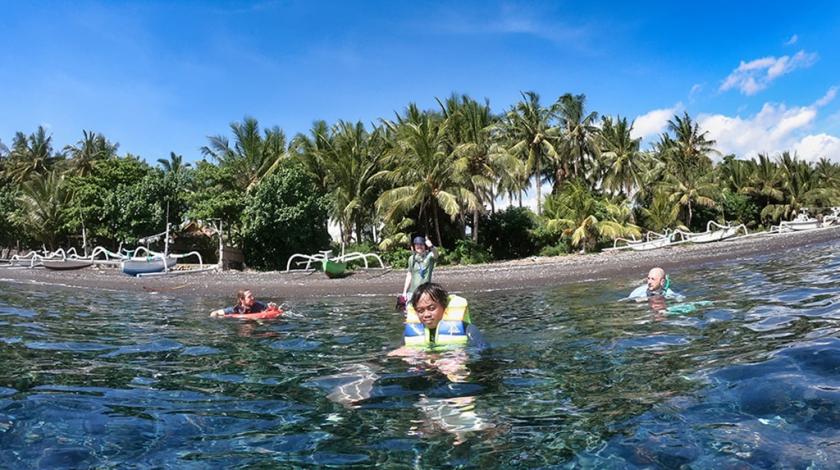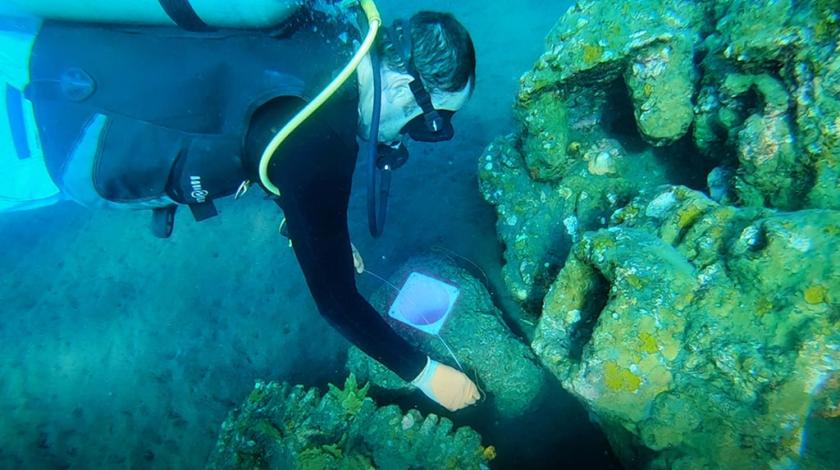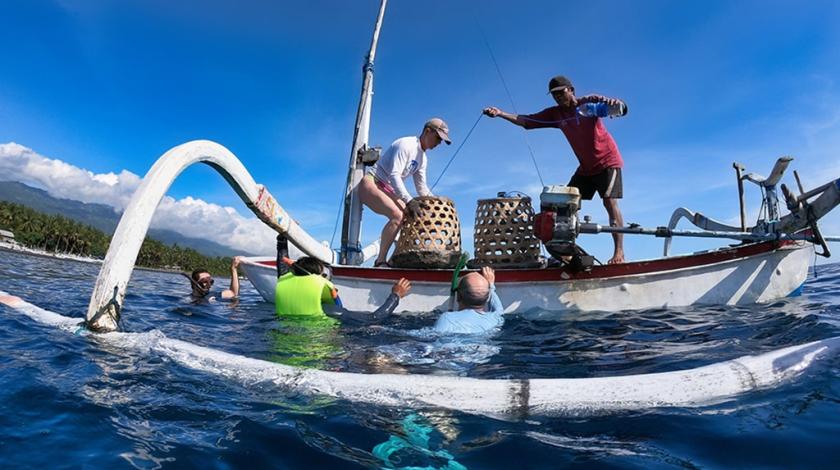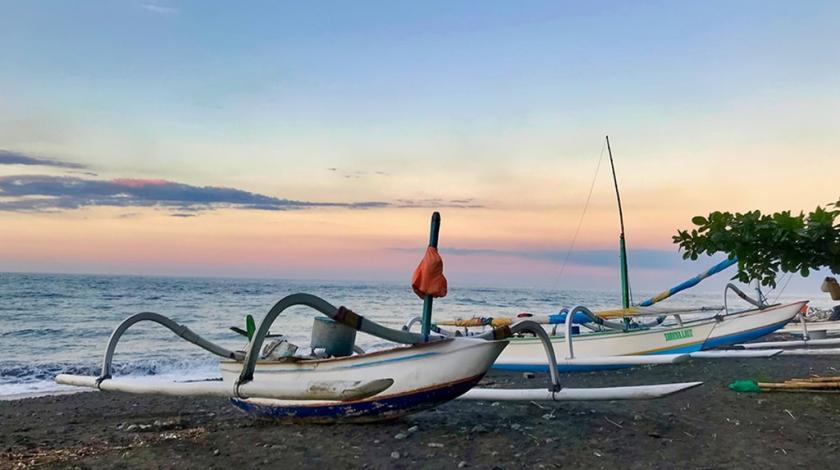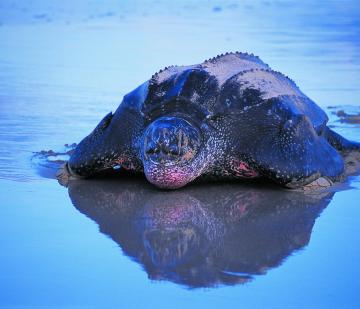BOOK WITH A $500 DEPOSIT
Restoring Coral Reefs in Bali



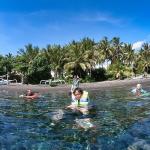
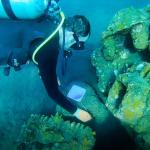
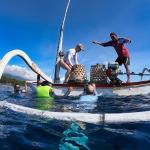
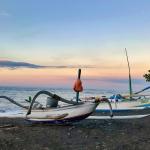

Coral reefs worldwide are rapidly disappearing due to climate change and other human impacts. Help researchers investigate whether artificial reef structures can mimic natural coral communities, thereby preserving the biodiversity, ecosystem services, and human communities that rely on coral reefs.
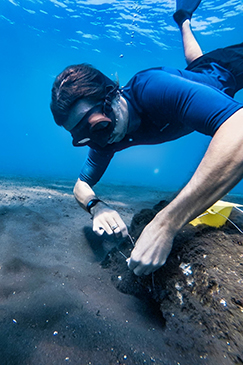
The small Indonesian island of Bali is known for its spectacular forested volcanoes, ancient Hindu temples, and breathtaking beaches. But one of the most alluring draws of this island is just below the ocean’s surface. Bali lies within the ‘coral triangle,’ an area recognized as the global center of marine biodiversity, and its reefs support a dazzling array of wildlife. Over the last several decades, however, some of Bali’s reef ecosystems have been heavily degraded by destructive fishing practices, warming ocean temperatures, pollution, and other human activities. Now, they’re struggling to survive.
This decline is concerning not only because of the animals that rely on the reef habitats and the important ecosystem functions the reefs perform but also for the local people who rely on these reefs for their livelihoods, including fishermen and tourism operators. To combat these impacts, scientists are investigating whether artificial reefs could be the answer to preserving biodiversity and ensuring local communities are resilient in the face of climate change.
While natural reef ecosystems can take thousands of years to grow and mature, artificial reefs can be made quickly from concrete. They could mimic the important ecological and socio-economic functions of natural reefs. You’ll snorkel or scuba dive* in a locally established Marine Protected Area over both natural coral reefs and artificial reefs, surrounded by corals, sponges, reef fish, turtles, and rays to help researchers determine how closely fish communities, carbon cycling, and predator populations on artificial reefs match those on natural reefs.
On this expedition, you’ll not only witness the destruction plaguing reefs worldwide, but you’ll also have the opportunity to contribute to efforts to preserve the biodiversity and ecosystem functions reefs provide. With robust data on the benefits of these structures, the Indonesian government and governments worldwide will be better able to protect marine biodiversity and safeguard the livelihoods of coastal communities.
*Note: Certification is required for participation on scuba teams. See the online expedition briefing for details.
.
Scuba Diving in Bali: What to Expect
Use your scuba skills for good! Certified divers will contribute to local reef conservation while exploring one of the world's top diving destinations. Bali, Indonesia, is a popular diving destination thanks to its year-round warm waters, calm beaches, and diverse marine life.
- Dive sites: Sand flats and artificial and natural reefs
- Entry type: Shore
- Maximum depth: 60 ft/18 m
- Water temperature: Typically hovers around low to mid-80 °F or 27°C
- Average visibility: Varies according to daily conditions and ranges between 50 and 100 ft (15 and 30 m)
- Marine life: The area is home to many reef fish species, hard and soft corals, starfish, rays, and marine turtles. Sightings vary by day and by dive site.
- Number of dives: Approximately two per day
- Dive gear: Contribution cost includes using BCD, regulator, and tanks for the duration of the expedition. Participants are required to bring their personal dive computers. Participants are strongly advised to bring portable equipment, including snorkel, mask, fins, dive knife, dive boots or neoprene socks, a long-sleeved rash guard, and full-length leggings (or a 3mm wetsuit).
.
.
A Typical Itinerary
- Day 1: Arrive
- Days 2–6: Orientation & training. Snorkel/dive surveys, deploy video units, and analyze photo and video data
- Day: 7 Depart
You also have the option of joining a 13-day team
.
.
HOW YOU WILL HELP
.
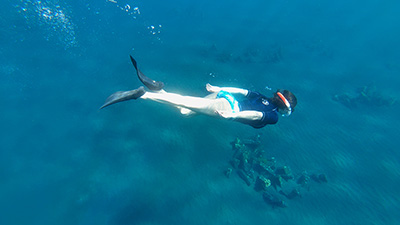
Conduct reef surveys
Snorkel (or scuba dive if you’re a member of a scuba team) over artificial and natural reefs to survey biodiversity, conduct photo surveys, and collect nutrient samples (team-dependent).
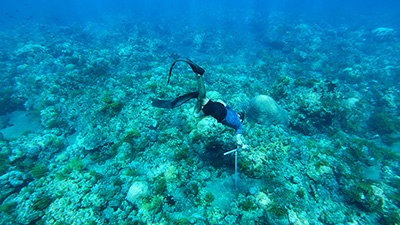
Deploy video units
Deploy remote underwater video (RUV) units to record and monitor wildlife on reefs.
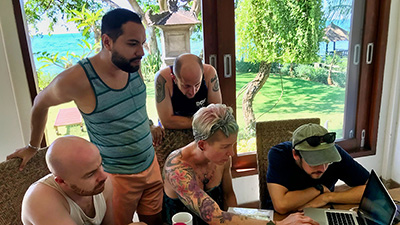
Analyze project data
Help evaluate the photos and videos you collect throughout your expedition and organize the data that has been collected.
Field conditions and research needs can change the itinerary and activities. We appreciate your cooperation and understanding.
.
FEEDBACK & QUESTIONS
2 Reviews on this Expedition
GET EARTHWATCH NEWSLETTER
Bi-weekly announcements, new expeditions, and updates on our impact around the globe.
.
.
.


